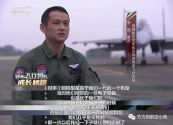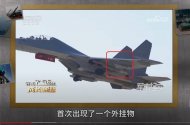Sounds like something that can become automated.View attachment 112551
J-16 pilot talks about the challenge of evading enemy missiles (BVR?), which is an equation involving enemy position/condition, missile trajectory, and the pilot's current bearing/position. After factoring them in the pilots need to calculate the current location of the enemy missile and what kind of maneuver could shake the lock.
EDIT: This commentary is also related to something I’ve been thinking a lot about wrt to principles of A2A combat. For all the talk of maneuverability, agility, energy advantage, etc you can probably simplify down the driving principle of all A2A tactical capabilities to relative positional advantages for maximizing your probability of getting a kill and minimizing your probability of being killed. This goes back to why kinematic capabilities like supercruise, thrust to weight ratio, and thrust vectoring are actually still really big deals for air combat. Fixating on reductive and piecemeal performance details like turn rates misses the much broader canvas of kinematic performance determinations. Energy advantage does get pretty close to a catch all general principle for air combat capabilities but perhaps a refinement of that framework is to think more about how energy advantage translates to positional advantage, and from that a whole range of potential tactical maneuvers and piecemeal performance parameters emerge, with different maneuvers and key performance parameters tailored to different sets of aerodynamic designs.
Last edited:


